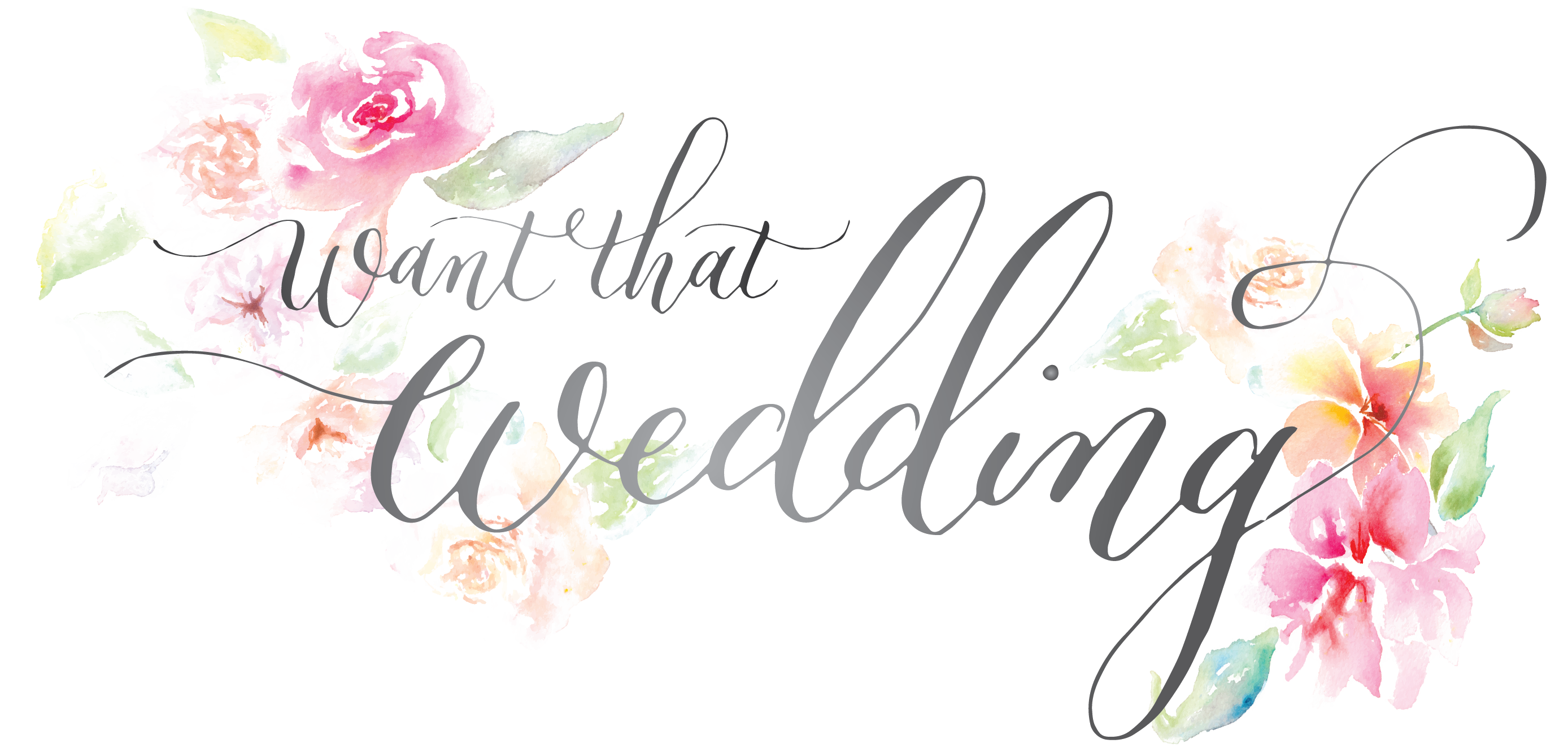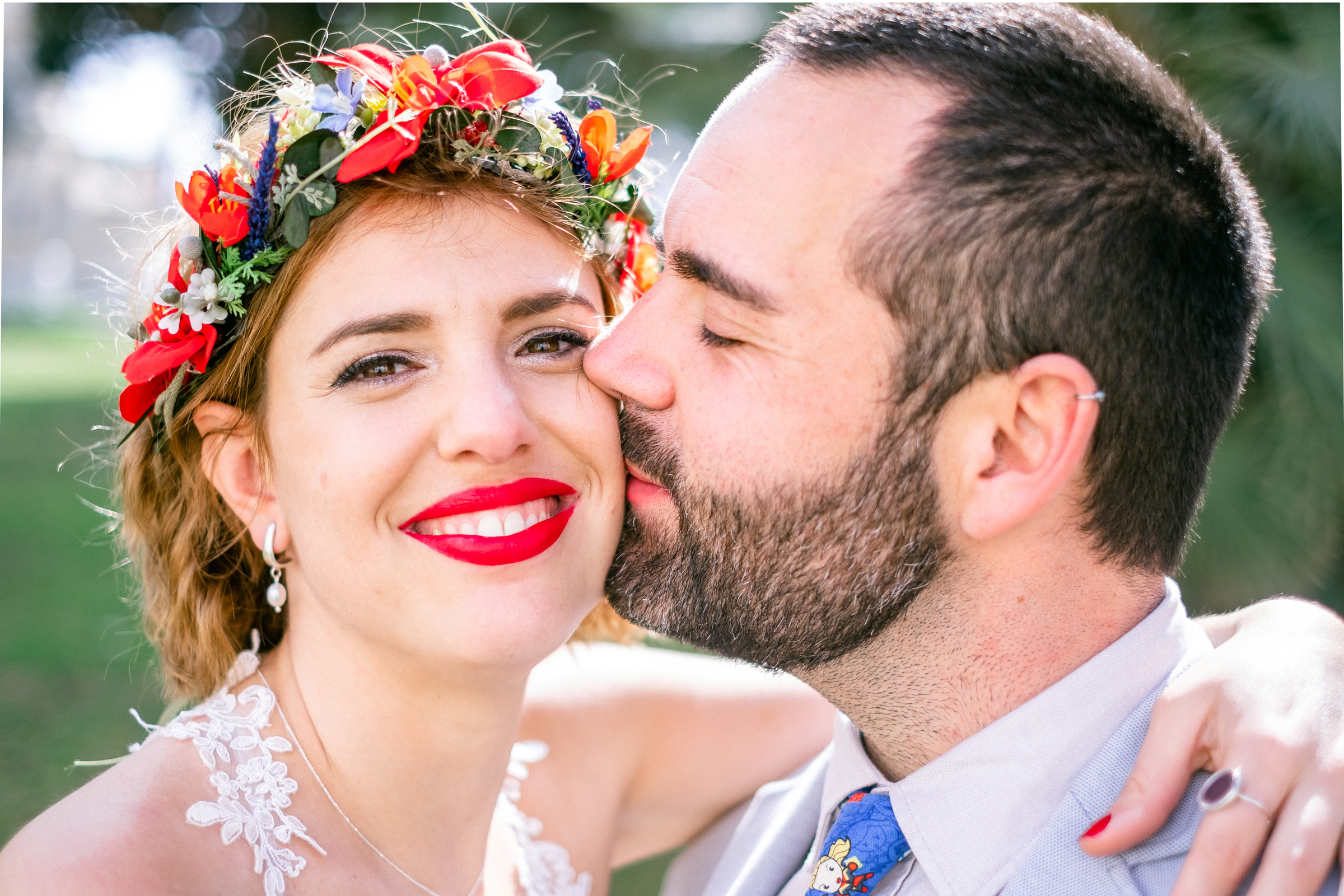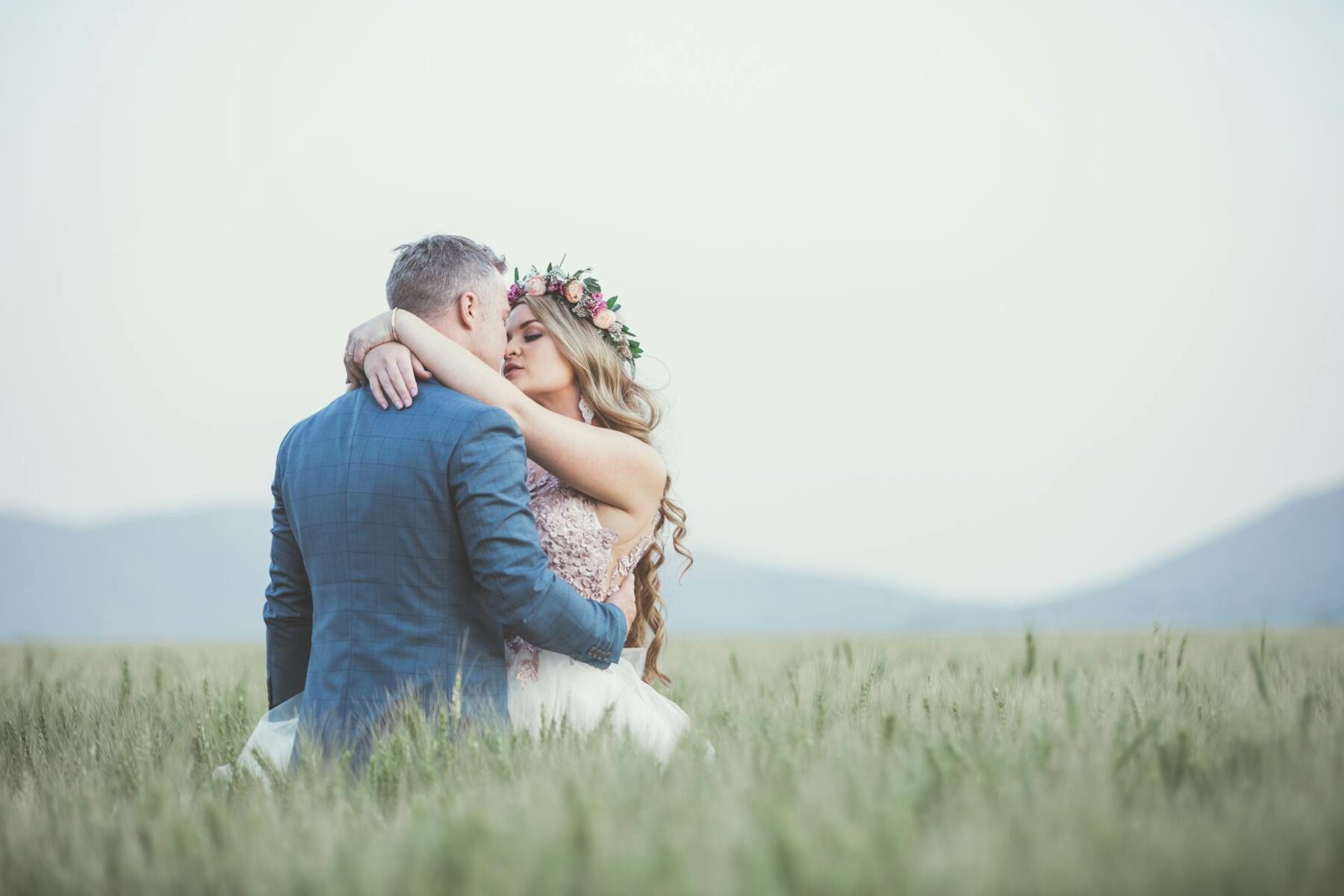Weddings are one of the most universal and celebrated events in human culture. They mark the union of two people who love each other and want to share their lives together. But while the essence of marriage is the same, the ways that people celebrate it can vary greatly depending on their culture, religion, and location. Here are 10 interesting wedding traditions from around the world that showcase the diversity and beauty of this special occasion. Speaking of fun, did you know that you can find the best 10 deposit bonus UK offers at various online casinos?
Norway: Brides wear crowns to deflect evil spirits
One of the most distinctive features of a Norwegian bride is her ornate silver and gold crown that has small charms dangling all around it. These charms make a tinkling sound when she moves, which is supposed to deflect evil spirits and protect her from harm. The crown also symbolizes her purity and innocence, as only virgins were allowed to wear it in ancient times.
Mexico: Wedding lasso
During a Mexican wedding ceremony, the couple is draped with a “lazo” or lasso, made of rosary beads and flowers, in the shape of a figure eight. This represents their eternal bond and unity, as well as their devotion to each other and to God. The lasso is usually placed by the officiant or by the couple’s godparents, who also act as their mentors and guides throughout their marriage.
Armenia: Balance bread
In Armenia, when a couple enters their wedding reception, they are greeted by the groom’s mother, who gives them lavash (flatbread) and honey. The couple must balance the bread on their shoulders to ward off evil and eat spoonfuls of honey to symbolize happiness. Then they break a plate for good luck and join the party, which often involves dancing, singing, and feasting.
Ukraine: Rushnyk and Korovai
Two traditional items that are essential for a Ukrainian wedding are the rushnyk and the korovai. The rushnyk is an embroidered cloth that is used to cover the heads of the bride and groom during the ceremony. It symbolizes their unity, fidelity and happiness. The korovai is a round bread that is decorated with various symbols of prosperity, health and harmony. It is shared by the couple and their guests as a sign of friendship and hospitality.
China: Bow and arrow
In some parts of China, a groom will shoot his bride with a bow and arrow (without heads) several times before the wedding. He then collects the arrows and breaks them during the ceremony, to ensure that their love lasts forever and that they never hurt each other. This tradition dates back to ancient times when archery was a popular sport and a symbol of strength and courage.
Fiji: Presenting a whale’s tooth
In rural Fiji, when a man wants to marry a woman, he must first present her father with a whale’s tooth, called a tabua. This is a sign of respect and gratitude for his future father-in-law, as well as a token of his sincerity and wealth. Whale’s teeth are highly valued in Fijian culture, as they are rare and difficult to obtain. They are also used as gifts for other important occasions, such as births, deaths, and apologies.
Norway: Cake with champagne
A traditional Norwegian wedding cake is called kransekake, which means “wreath cake”. It is made of almond rings that are iced and stacked to form a cone-shaped tower. The cake is often decorated with flags, flowers, or other ornaments. Inside the tower, there is usually a bottle of champagne or wine, or sometimes gifts for the newlyweds. The guests can break off pieces of the cake or pull out the rings from the bottom.
Germany: Sawing a log
A German wedding tradition that tests the couple’s teamwork and strength is called baumstamm sägen, which means “sawing a log”. After the ceremony, the couple is given a large log and a two-handled saw. They must work together to saw the log in half in front of their guests. This symbolizes their ability to overcome any obstacles or challenges that they may face in their marriage.
India: Henna art
In India, one of the most important pre-wedding rituals for a bride is mehndi or henna art. The bride’s hands, arms, feet, and legs are painted with intricate patterns using henna paste. The designs are usually floral or geometric and sometimes include the groom’s name or initials. The henna is believed to have cooling and calming properties for the bride, as well as to enhance her beauty and fertility. The darker the colour of the henna, the more love she will receive from her husband and his family.
Brazil: Bridal kidnapping
In Brazil, it is common for the groom’s friends to kidnap the bride before or during the wedding reception. They take her to a bar or a club and ask the groom to pay a ransom for her release. The ransom can be money, drinks, or a public declaration of his love for her. This is a playful and humorous tradition that adds some excitement and fun to the wedding.






